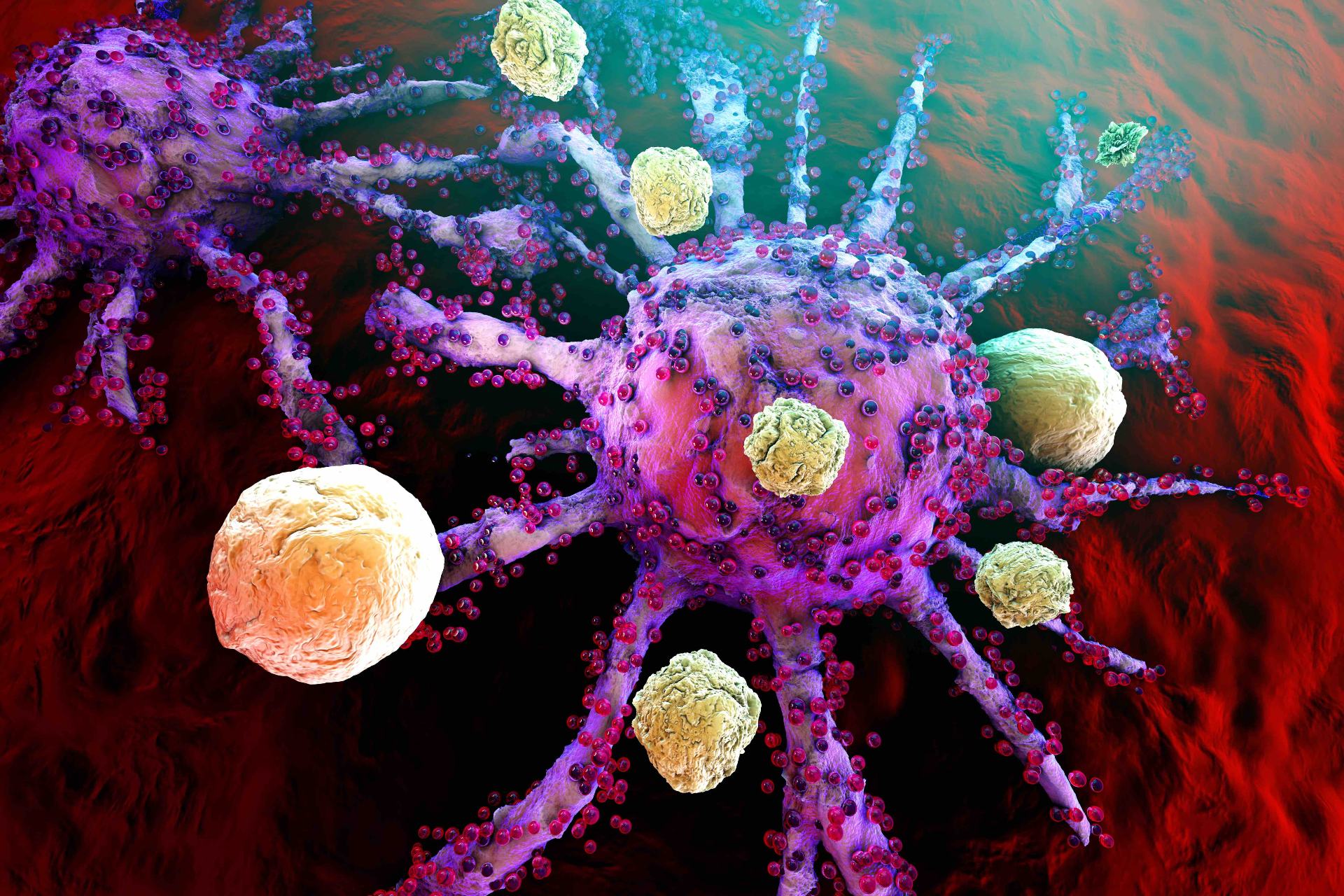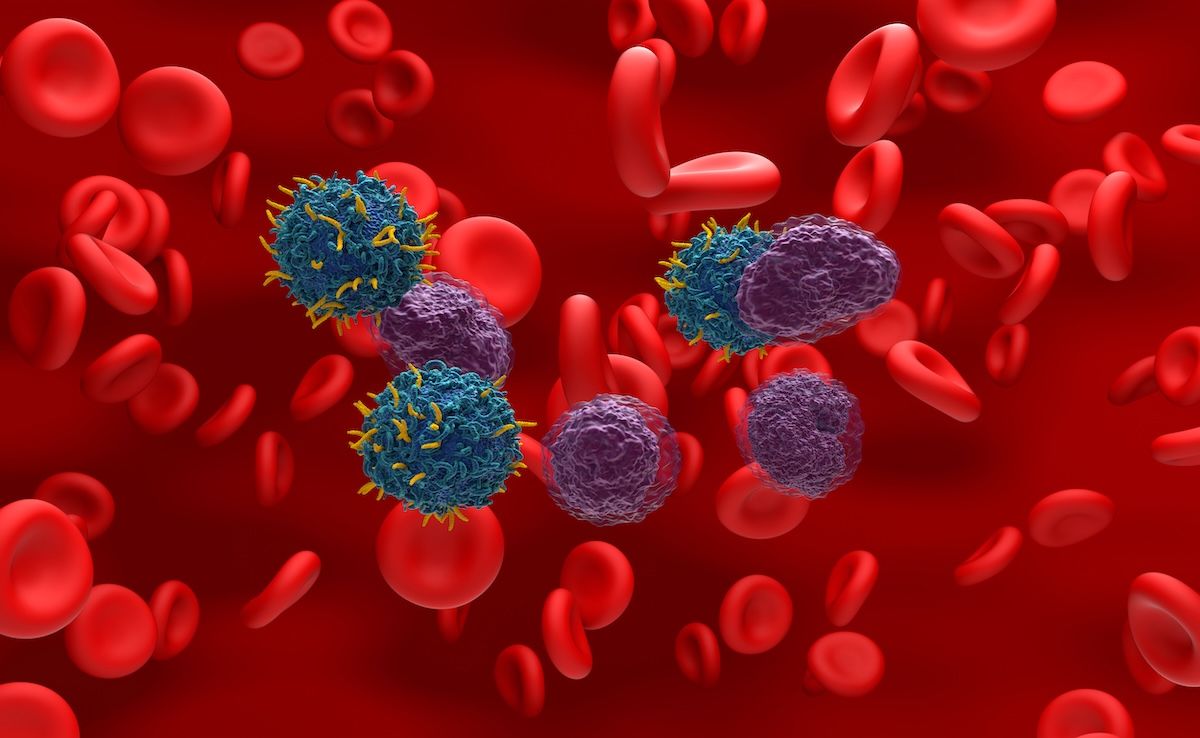Video
The Future of Acquired TTP
Author(s):
X. Long Zheng, MD, PhD, discusses the unmet needs of acquired TTP, and the future of treatment.
X. Long Zheng, MD, PhD: What are the unmet needs in acquired TTP [thrombotic thrombocytopenic purpura] management? I think about this question every day. This is what I have been studying for the past 20 years in TTP. Clearly, we have come a long way. We have made a lot of progress in terms of diagnosing and treating patients with TTP. However, therapeutic plasma exchange, as you mentioned before, is not available in every hospital and every medical center. This particular procedure also carries certain risks, such as that you have to insert a central line into your neck jugular vein, which sometimes can cause a complication, such as a pneumothorax and bleeding. And other times, since you’re giving plasma, the plasma can cause an allergic reaction, such as anaphylactic shock. I had a patient in my care before who had that happen, so it is not trivial. There’s also a risk of transmission of infectious agents, particularly those we don’t know. We don’t know how to inactivate them. So, there’s still risk involved with plasma exchange, as well as availability issues in terms of plasma exchange.
Another need has to do with testing. As we discussed, the ADAMTS13 test is not available in every medical center and sending out the test sometimes takes days and maybe a week for the results to come back. So rapid diagnostic tests, and accurate testing, would be very helpful. Also, even though caplacizumab, on top of plasma exchange, rituximab, and a corticosteroid, has reduced mortality and exacerbation dramatically, caplacizumab carries its own adverse effect. It’s the bleeding that is the problem. It’s contraindicated in patients with intracranial bleeding, and some patients do have that in TTP, because initially they have an ischemic infarct that later develops as intracranial bleeding. When that happens, caplacizumab cannot be used in these patients. Lastly, the long-term monitoring and management of TTP remains a challenge, particularly because of silent strokes and cardiovascular damage, and how we follow up with those patients remains a problem.
That comes to address the next question, how do we expect the treatment landscapes will change in the next 5, maybe 10 years? I think there are several things on the horizon that we should consider. One of them is producing recombinant ADAMTS13. Recombinant ADAMTS13 has been shown to have enough to neutralize some of the antibodies in patients with acquired TTP. This may in the future replace the plasma exchange, for example, or caplacizumab for that matter. Because with recombinant ADAMTS13, you can give a bucketload of enzymes, and it does not cause any bleeding symptoms. If you give too much caplacizumab or any other anticoagulant, it causes bleeding, but recombinant ADAMTS13 seems not to do that, because ADAMTS13 requires von Willebrand factor to be unfurled, to be cleaved by the enzyme. They are not just running around and chewing up all the von Willebrand factor. There’s a good safety net for recombinant ADAMTS13.
The other thing we should think about is how to develop antibody resistant ADAMTS13 variants. My laboratory discovered that and also published it, almost 10 years ago now. But we don’t have any company that is interested to develop it as a drug. As a scientist, I don’t have the ability to take them into the clinic. By the same token, we have also developed a different way of delivering ADAMTS13. We pack the recombinant ADAMTS13 inside the platelet and allow the platelet to carry recombinant ADAMTS13 in the circulation so that the antibody will not see the recombinant ADAMTS13 until the platelet gets activated and releases them. At that moment the antibody doesn’t have time to react. This way it can prevent the infused ADAMTS13 from being inactivated by the autoantibody. This is probably a great way for high efficiency and to inhibit thrombus formation. This has been published as well. I hope somebody will get interested and develop it as a drug.
Lastly as I just mentioned, plasma exchange is not only not available in every medical center, but also carries quite a bit of risk in terms of the procedure, catheter insertion, and infections as well. At the moment, I would think caplacizumab plus rituximab and a corticosteroid, or recombinant ADAMTS13 on top of this, or recombinant ADAMTS13 plus rituximab and corticosteroid. If that works, I think that would be great, so we don’t have to do plasma exchange, and those drugs can be stored anywhere in small hospitals and large hospitals. I think that would be the future; that would be the way to go.
Transcript edited for clarity.





